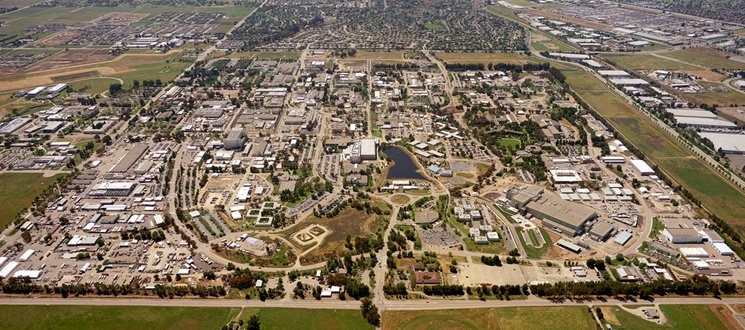Wildfires and Water Scarcity Pose Challenges
Nuclear power has been touted as a “clean” energy source due to its minimal carbon emissions during operation. However, recent events highlight the vulnerability of nuclear facilities to the very climate change they aim to combat.
The recent wildfire near the Lawrence Livermore National Lab (LLNL) in California serves as a stark reminder of the potential dangers posed by extreme weather events. The fire, which originated at the lab’s explosives testing range, raised concerns about airborne radioactive and toxic materials due to the burning of contaminated soil. Snake River Alliance allies at Tri-Valley Cares point to past incidents where LLNL activities have sparked wildfires, raising questions about safety protocols.

This incident underscores the vulnerability of nuclear facilities to wildfires, a growing threat fueled by climate change.
Beyond wildfires, rising global temperatures pose a different kind of threat. In 2023, France was forced to shut down several nuclear reactors due to excessively warm water in the Rhone River. Nuclear power plants rely on water for cooling, but discharging hot water back into rivers can harm aquatic life. Heatwaves exacerbate this issue, making it difficult to maintain safe cooling temperatures.
The 2022 drought in Europe further underscored this vulnerability. With river water levels at historic lows, France was again forced to shut down a significant portion of its nuclear capacity.
Extreme climate events demonstrate the complex interplay between nuclear power and climate change. While proponents claim that nuclear energy is a low-carbon solution (ignoring the carbon emissions of uranium mining, fuel fabrication, plant construction, and transportation to a non-existent radioactive waste storage facility), its reliance on stable environmental conditions raises concerns about its long-term viability in a warming world.
